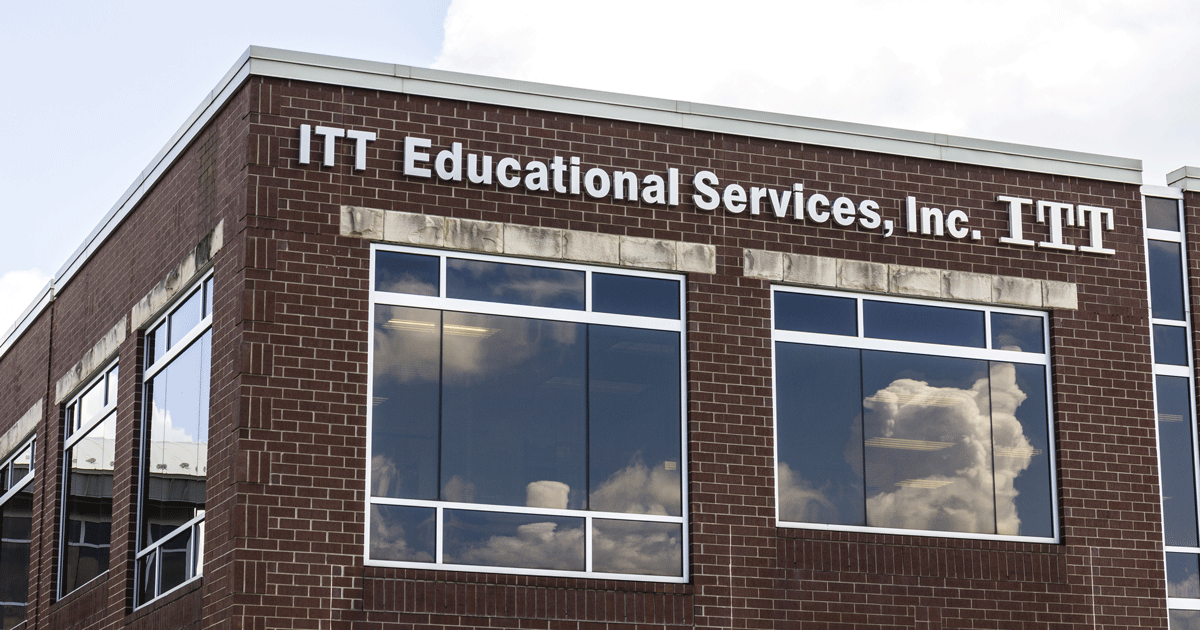CEO of the Michigan Association of State Universities Daniel Hurley’s blog The Closure of ITT Tech and the Crash-Landing of the For-Profit College Industry is worth checking out. It provides a good overview of what led to the closing and more broadly the systemic problems of for-profit colleges, particularly those which focus on occupation training in so-called mid-skill occupations.
The simple story is too many students at for-profit trade schools not completing or completing and getting low-paying jobs. And because the schools have high tuition far too many students end up with college loans that they cannot repay or do repay and end up not able to pay for life’s necessities. Not good for students, taxpayers or the economy.
This is consistent with the findings Susan Dynarksi, professor of education, public policy and economics at the University of Michigan, reported on in the New York Times. Dynarski writes:
… the data suggests that many popular perceptions of student debt are incorrect. The huge run-up in loans and the subsequent spike in defaults have not been driven by $100,000 debts incurred by students at expensive private colleges like N.Y.U.
They are driven by $8,000 loans at for-profit colleges and, to a lesser extent, community colleges. Borrowing for both of these has become far more common in recent years. Mr. Looney and Mr. Yannelis estimate that 75 percent of the increase in default between 2004 and 2011 can be explained by the surge in the number of borrowers at those institutions.
It’s not hard to see why. The traditional borrowers from four-year colleges tend to earn good salaries out of college and pay back their loans, even during the recent years of economic weakness. … Borrowers at for-profit and community colleges, by contrast, earn low salaries — a median of about $22,000 for those exiting school in 2010 — and have had difficulty paying their loans.
The terrific book Coming of Age in the Other America puts a human face on who has been most harmed by for-profit trade schools. The book follows over a decade a group of mainly high-potential, high-effort low income youths growing up in Baltimore. The authors write:
As we have shown, a for-profit trade school was the modal option among the youth we studied. The narratives of those who enrolled in these institutions were riddled with examples of programs either not completed or, for graduates, jobs that bore little resemblance to the smiling employee in the well-crafted television ads; moreover, most left these programs with a large load of debt.
… For-profit schools commanded less than one percent of the market in 1967, but roughly 12 percent in 2011. More so than public institutions or even private colleges and universities, for-profit institutions aggressively market their programs to prospective students. Youth like ours, are often their target: in 2008 the average family income for students at for-profit colleges was just under $23,000 … A profit motive may drive these schools to deliver a high-value added product, but it also might motivate some to encourage students to max out on grants and loans without a full understanding of the terms involved––loans that must be repaid even if they do not complete the program. Perhaps for this reason, students at for-profit institutions take out more loans (and end up paying more out of pocket) on average than students at public two- or even four-year schools. Furthermore, students at for-profits––especially those in the shortest programs––have higher loan balances than students at other types of postsecondary institutions. Not surprisingly, they also have lower repayment rates and higher default rates.
The good news in this story is that the closing of ITT Tech was driven by policy changes. Policy that holds colleges accountable for student loan default rates.
Going forward what is needed is far better college counseling for all students. Far better and easier to understand disclosure of student success information for every postsecondary institution. And a system that holds postsecondary institutions, and their management, acountable for completion rates as well as loan default rates.







